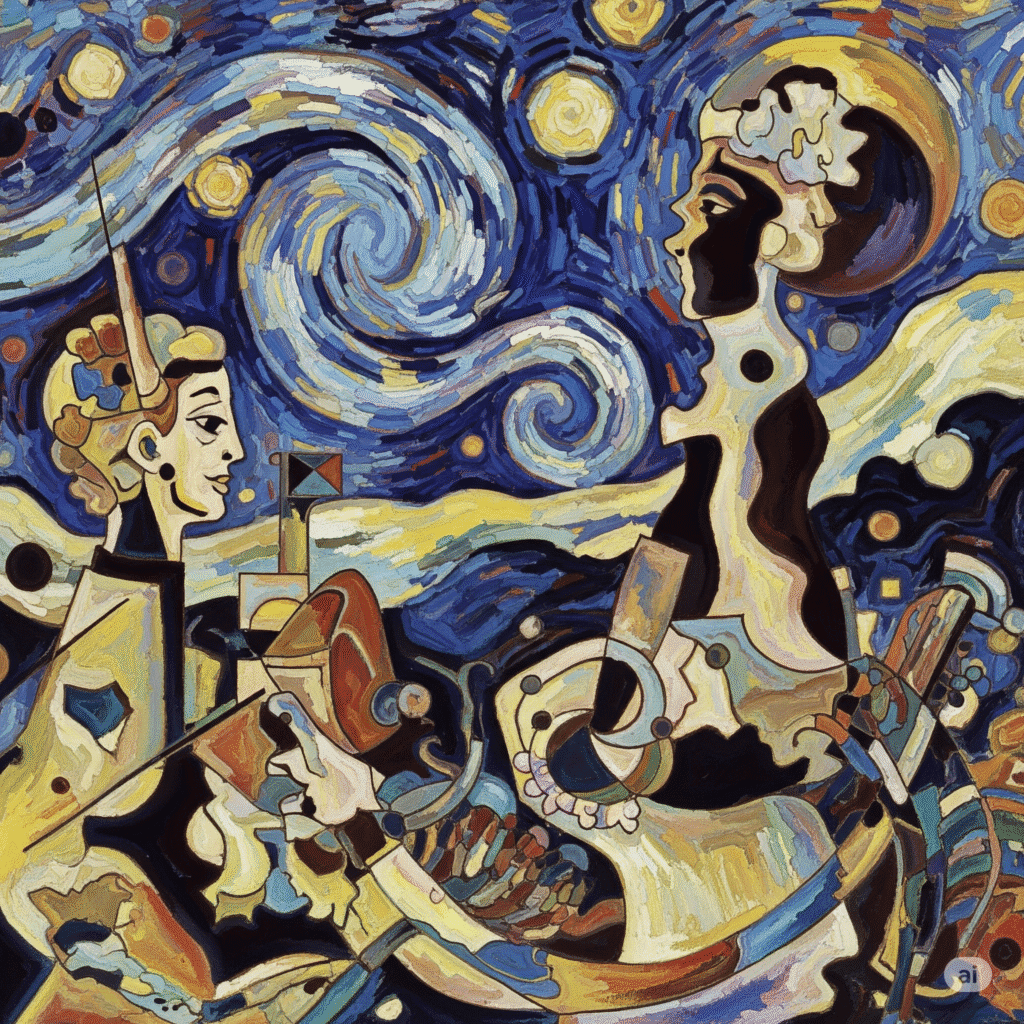The Evolution of Abstract Art Through History
Introduction
The evolution of abstract art is a captivating journey through creativity, culture, rebellion, and reinvention. From its roots in spiritual symbolism to its rise as a dominant form of modern and contemporary expression, abstract art has radically transformed how we perceive and interpret artistic meaning. This blog explores the rich history of abstract art, the pioneers who shaped its path, and the ways it continues to influence artists and collectors today.
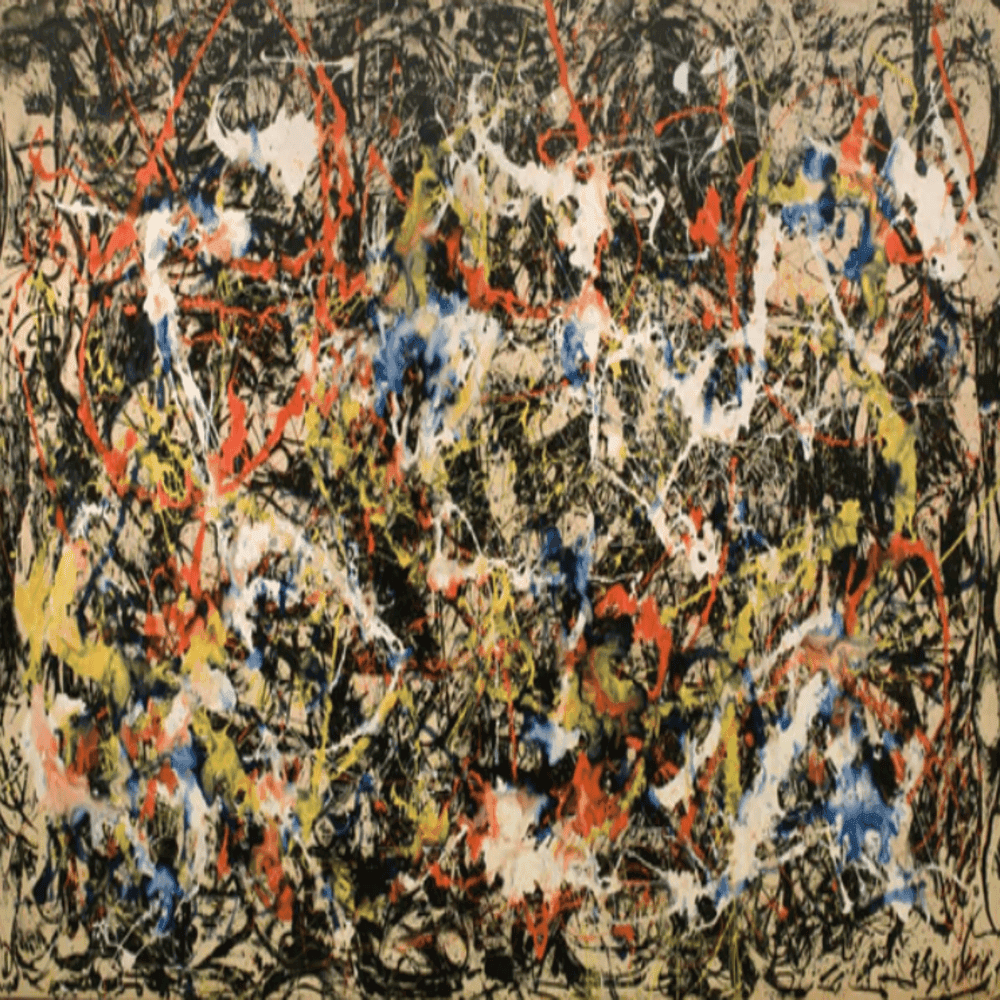
What Is Abstract Art?
Abstract art is a style that breaks away from representing physical reality. Instead, it uses forms, colors, lines, and shapes to achieve its effect. It may be non-representational or partially abstracted from the real world.
Abstract art doesn’t depict objects in the natural world; instead, it seeks to evoke emotion, provoke thought, or explore aesthetic qualities without relying on recognizable forms.
The Precursors: Spiritual and Symbolic Art (Pre-20th Century)
Before abstraction formally emerged, early artists explored symbolic representation in their work. Religious and mystical themes, especially in non-Western cultures, often depicted concepts in stylized or symbolic ways.
- Islamic geometric art and Hindu mandalas, for instance, were highly abstract, even if not categorized as such.
- Artists like William Blake and J.M.W. Turner began to blur the boundaries of realism with emotional and symbolic use of color and form.
🔗 Learn more about spiritual abstraction in art history on The Met Museum’s Timeline of Art History.
The Birth of Abstract Art: Early 20th Century
The late 19th and early 20th centuries were marked by radical cultural and scientific shifts. Artists began to question realism and narrative painting, spurred on by photography and psychology.
1. Wassily Kandinsky – The Pioneer
Kandinsky is often credited with creating the first truly abstract work in 1911. He believed art could express the inner spiritual life through color and composition. His works moved away from physical subjects entirely.
“Color is a power which directly influences the soul.” – Kandinsky
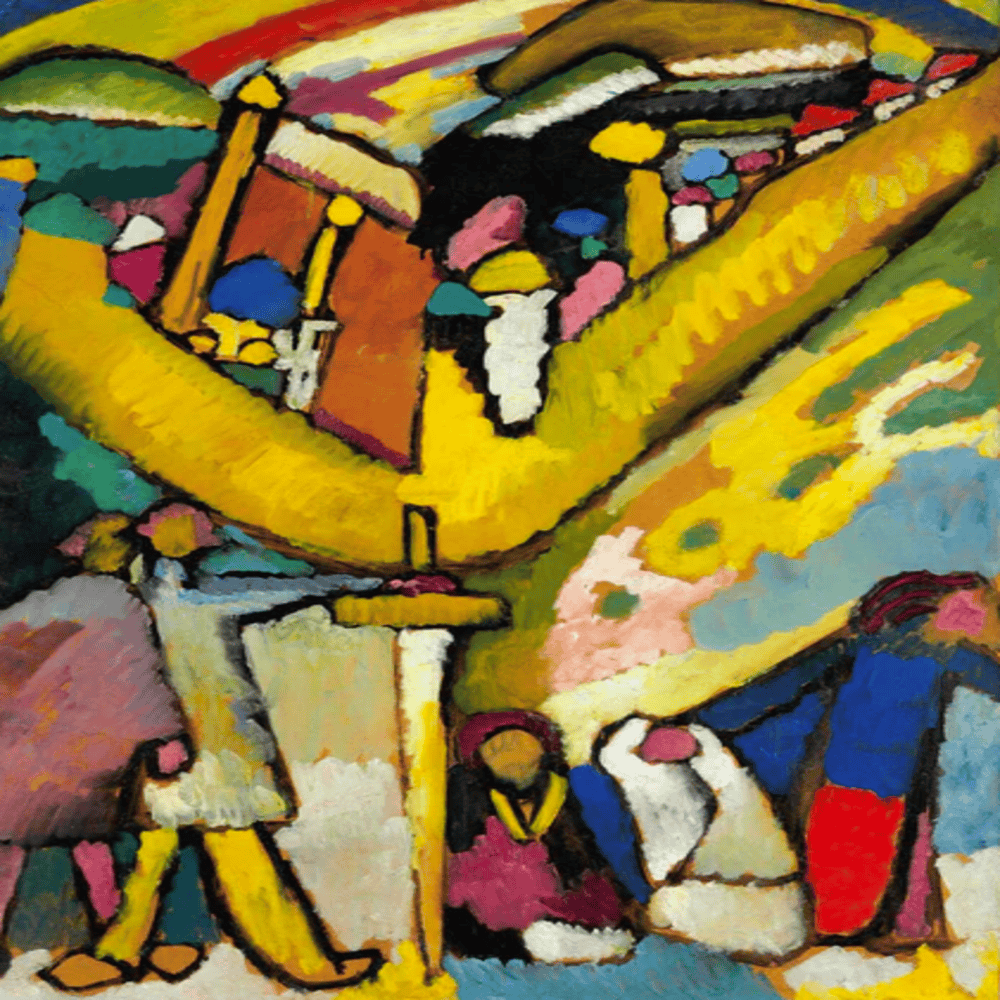
2. Piet Mondrian – Pure Abstraction
Mondrian’s De Stijl movement emphasized simplicity and order using primary colors and geometric forms. His minimalist grids revolutionized visual language.
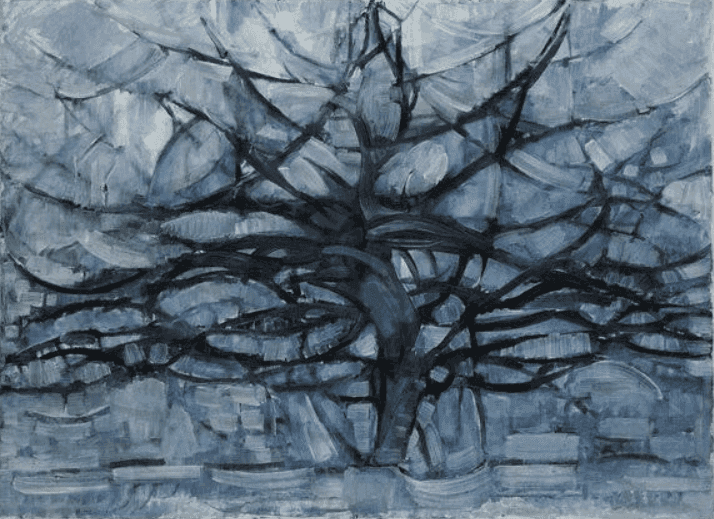
3. Kazimir Malevich – Suprematism
Malevich’s “Black Square” (1915) marked a milestone: art that made no attempt to represent anything. This was a statement of artistic purity and independence.
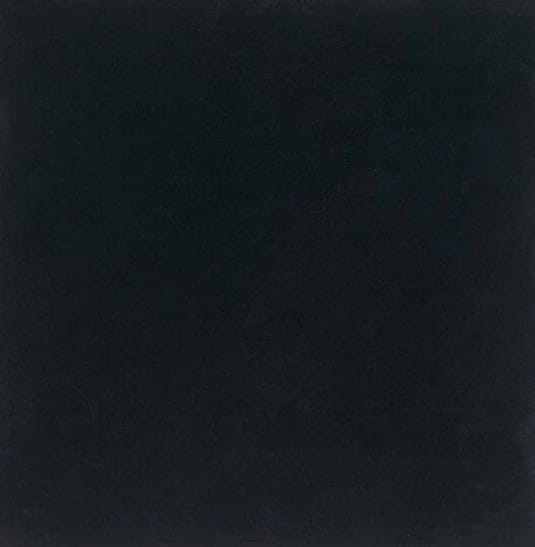
Abstract Art Blossoms: Mid-20th Century Movements
As the 20th century progressed, abstract art diversified into distinct schools, each exploring new techniques and philosophies.
Abstract Expressionism (1940s–1950s)
Originating in post-war New York, this movement emphasized emotion, spontaneity, and individuality. It marked America’s emergence as the center of the art world.
- Jackson Pollock: Known for “drip painting” technique
- Mark Rothko: Explored color fields as meditative emotional spaces
Color Field Painting
Artists like Rothko, Helen Frankenthaler, and Barnett Newman moved toward large expanses of color to invoke contemplation.
Action Painting
This technique emphasized the act of painting itself. Pollock’s energetic canvases became iconic representations of freedom and movement.
Global Influence and Variation
Abstract art didn’t evolve in isolation. It was influenced by and inspired various cultures:
- Islamic and Indian patterns influenced Western abstract artists.
- Japanese Gutai group merged performance and abstraction.
- African and Indigenous motifs became sources of symbolic abstraction.
Artists began to merge their cultural heritage with modernist abstraction, leading to a more diverse and global abstract art movement.
The Digital Era and Contemporary Abstract Art
With the rise of digital media and the internet, abstract art has entered a new era. Contemporary artists now explore abstraction using technology, 3D modeling, and AI-based tools.
- Generative art: Artists use algorithms and code to produce abstract visuals.
- Digital collages and NFTs: Platforms like OpenSea feature digital abstract works that challenge traditional media boundaries.
- Contemporary painters like Julie Mehretu and Mark Bradford layer abstraction with political and cultural commentary.
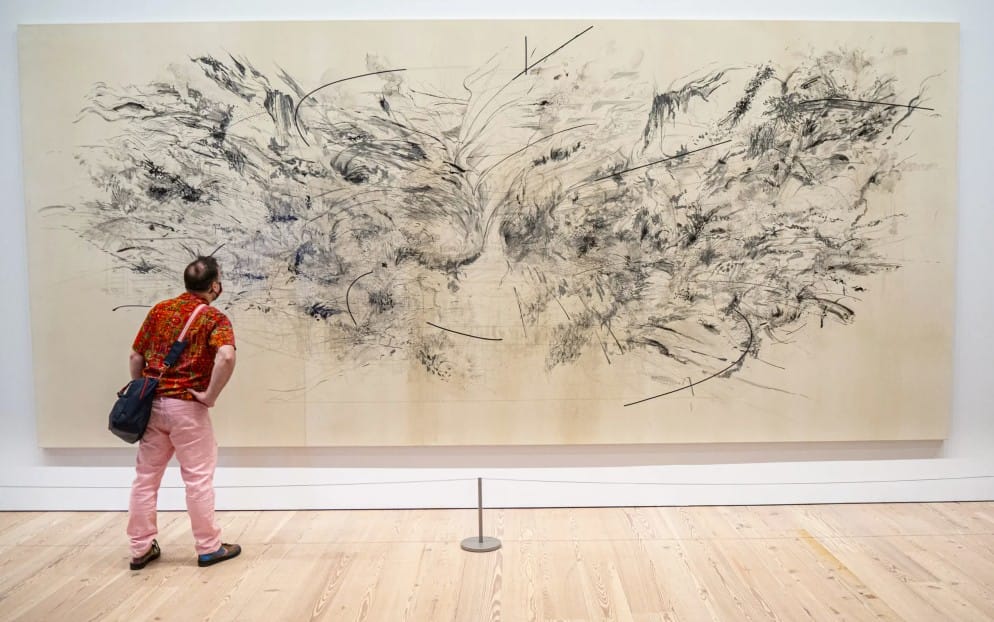
Abstract Art in Today’s Market
The demand for abstract art remains strong, especially among new collectors and interior designers. Its versatility, visual appeal, and emotional resonance make it a favorite in both private and corporate collections.
Why Collectors Love Abstract Art:
- Timeless appeal
- Freedom of interpretation
- Works well in minimalist, modern, or eclectic spaces
At ISKUSS, we celebrate the evolution of abstraction through curated collections that honor both tradition and innovation.
🔗 Explore our abstract art collection to see how today’s artists continue this remarkable journey.
Key Figures in the Evolution of Abstract Art
Here’s a look at some of the most influential abstract artists and how they shaped the movement:
| Artist | Contribution |
|---|---|
| Wassily Kandinsky | First abstract painter, spiritual color theory |
| Piet Mondrian | Minimalist grids, De Stijl movement |
| Kazimir Malevich | Suprematism and conceptual abstraction |
| Jackson Pollock | Action painting, Abstract Expressionism |
| Mark Rothko | Emotional Color Fields |
| Helen Frankenthaler | Stain painting, lyrical abstraction |
| Julie Mehretu | Political abstraction with global influence |
| Gerhard Richter | Blurring realism and abstraction |
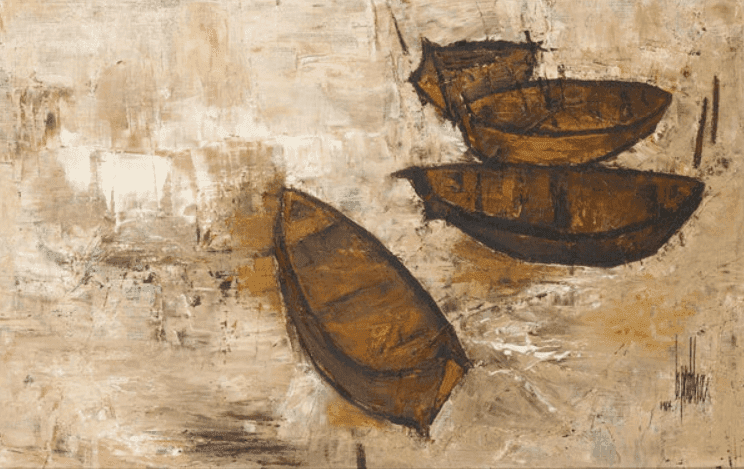
The Language of Abstraction: Understanding the Unspoken
Why does abstract art resonate across cultures and generations?
- It transcends language and logic.
- It encourages emotional engagement and introspection.
- It reflects the artist’s internal state rather than the external world.
In a world saturated with imagery, abstraction offers space for thought and interpretation.
How Abstract Art Inspires Modern Artists
For emerging artists, abstract art serves as both an aesthetic and philosophical inspiration. Many begin with realism and gradually move into abstraction as they find their voice.
ISKUSS supports this journey by curating and promoting artworks that challenge, question, and move beyond conventional norms.
If you’re a collector or enthusiast, following the evolution of abstract art helps deepen your appreciation of its present forms and future potential.
Final Thoughts
The evolution of abstract art through history is a mirror of human consciousness—ever-shifting, questioning, and reimagining reality. From Kandinsky’s first spiritual strokes to digital creations in the 21st century, abstract art remains one of the most expressive, boundary-pushing genres in visual culture.
As we move further into an era shaped by technology and cross-cultural exchange, abstract art will undoubtedly continue to evolve in unpredictable and powerful ways.
Explore ISKUSS’s curated collection of powerful, modern, and globally inspired abstract paintings by contemporary artists.
🔗 Visit: www.iskuss.com

